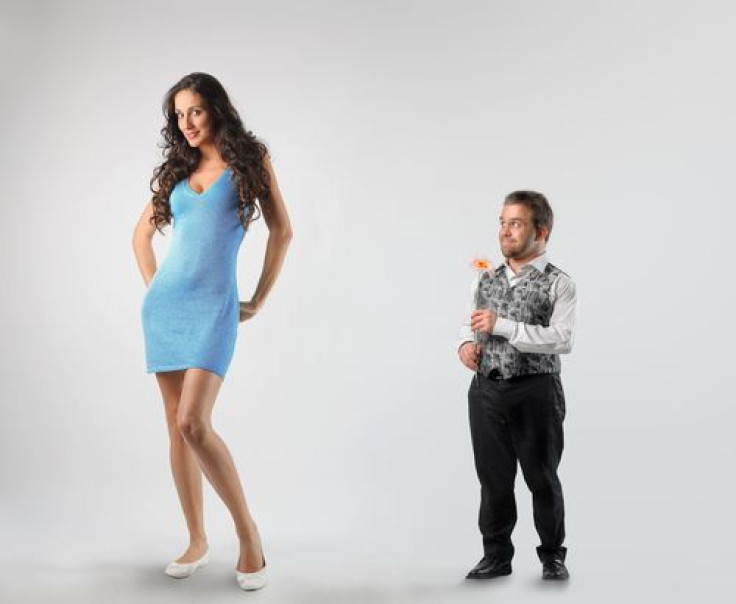'Trophy Wife' Is a Myth: Men 'Match And Exchange' Beauty, Education, And Earnings To Find Perfect Match

Many of us are quick to judge a couple, especially non-celebrity couples, where an attractive supermodel-looking woman marries a rich man. This concept of the “trophy wife” has been fueled by our observations that enforce this sexist stereotype, and even downplays women’s successes. According to a study published in American Sociological Review, scientists at the University of Notre Dame have found what really holds the successful dynamic together: a matching process involving beauty, education, and earnings.
"I've heard doctors' wives referred to as trophy wives by observers who only notice her looks and his status, and fail to realize that he is good looking too and that she is also a successful professional — or was before she had kids and left her job," said Elizabeth McClintock, a sociologist at the University of Notre Dame, in a news release. Although society has decided that women tend to exchange beauty for money — the myth of the trophy wife — the truth of the matter is that social class barriers are relatively impermeable. This concept is based on an old-fashioned gender role regarding who seeks what in a relationship.
In an effort to disprove the misinterpretations of who is pairing with whom, and why, McClintock sought to figure out how people choose a mate by observing a large cohort of heterosexual young adult couples. She analyzed data from the National Longitudinal Study of Adolescent Health Romantic Pair Sample, including 1,507 dating, cohabiting, and married couples, to investigate how often romantic partners exchange physical attractiveness and socioeconomic status, and their net of matching on these traits. This is the first time a nationally-representative sample of young couples involving both partners was interviewed and rated for their physical attractiveness.
Two mechanisms that may possibly help explain the pairing process are matching and exchange. Matching is the based on the idea that people select a partner with similar characteristics to themselves when it comes to education, attractiveness, and so on. Meanwhile, exchange is based on how couples trade beauty or status to land a partner who has what they lack. This is a classic example of the trophy wife where she has beauty but lacks money, and therefore, marries a rich guy.
McClintock’s study debunked the so-called beauty-status exchange after she controlled for matching. This is not to say trophy wife marriages never happen, but rather, that they are just very rare. Instead, socioeconomic status and beauty are interconnected because richer people are more capable of taking care of themselves.
"I find that handsome men partner with pretty women, and successful men partner with successful women," McClintock said in a press release. "So, on average, high-status men do have better-looking wives, but this is because they themselves are considered better looking — perhaps because they are less likely to be overweight and more likely to afford braces, nice clothes, and trips to the dermatologist, etc.” The strongest driver in partner selection tends to be similarity in education, race, religion, and physical attractiveness.
The trophy wife myth is still seen in celebrity marriages like Donald Trump and his third wife Melania Kanuss-Trump. Dr McClintock said that “Trump may very well exemplify the trophy-wife stereotype.” However, there are examples of rich men who are with successful women, such as Google founders Larry Page and Sergey Brin, who both married career women. One of whom has a PhD and the other who is a wealthy entrepreneur.
This study can shed light on how we should not be so quick to judge, and how pairings of couples are based more on similarities rather than exchanging traits one or the other lacks.
Source: McClintock EA. Beauty and Status: The Illusion of Exchange in Partner Selection? American Sociological Review. 2014.



























